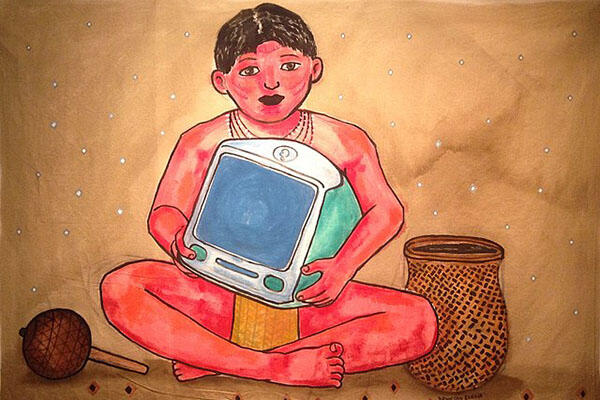South America
. 1957. Late Nazca Burials at Chaviña, Peru, Pp. 106. Cambridge, Massachusetts: Peabody Museum Press. READ ONLINEAbstract
. 1957. A Chancay-Style Grave at Zapallan, Peru: An Analysis of Its Textiles, Pottery and Other Furnishings, Pp. 92. Cambridge, Massachusetts: Peabody Museum Press. READ ONLINEAbstract
. 1947. Indian Skeletal Material from the Central Coast of Peru, Pp. 84. Cambridge, Massachusetts: Peabody Museum Press. READ ONLINEAbstract
. 1946. Some Notes on the Archaeology of the Department of Puno, Peru, Pp. 84. Cambridge, Massachusetts: Peabody Museum Press. READ ONLINEAbstract
. 1944. An Introduction to the Archaeology of Cuzco, Pp. 107. Cambridge, Massachusetts: Peabody Museum Press. READ ONLINEAbstract
. 1943. Some Early Sites in the Northern Lake Titicaca Basin, Pp. 70. Cambridge, Massachusetts: Peabody Museum Press. READ ONLINEAbstract
. 1944. Archaeology of Northwestern Venezuela, Pp. 212. Cambridge, Massachusetts: Peabody Museum Press. READ ONLINEAbstract
. 1936. The Barama River Caribs of British Guiana. Cambridge, Massachusetts: Peabody Museum Press. READ ONLINEAbstract
. 1926. Official Reports of the Towns of Tequizistlan, Tepechpan, Acolman, and San Juan Teotihuacan Sent by Francisco de Castañeda to His Majesty, Philip II, and the Council of the Indies, in 1580, Pp. 53. Cambridge, Massachusetts: Peabody Museum Press. READ ONLINEAbstract
. 1913. Discovery of a Fragment of the Printed Copy of the Work on the Millcayac Language, Pp. 48. Cambridge, Massachusetts: Peabody Museum Press. READ ONLINEAbstract
Audio: The Evolution of Big-Game Hunting: Protein, Fat, or Politics
. 2/28/2011. The Moche of Ancient Peru: Media and Messages, Pp. 172. Cambridge, Massachusetts: Peabody Museum Press. BUY THIS BOOKAbstract
. 12/1/2020. Magdalena de Cao, Pp. 472. Cambridge, Massachusetts: Peabody Museum Press. BUY THIS BOOKAbstract
2021
Oct
18












